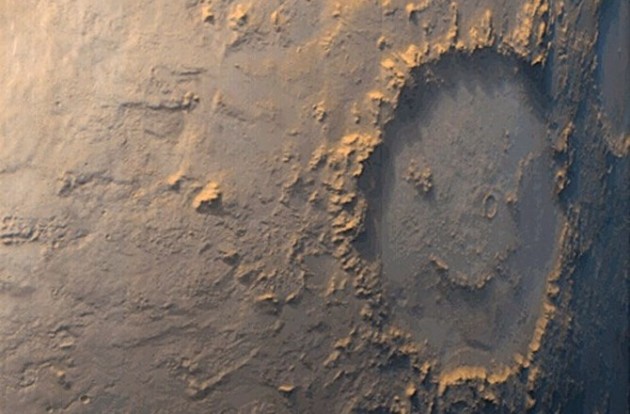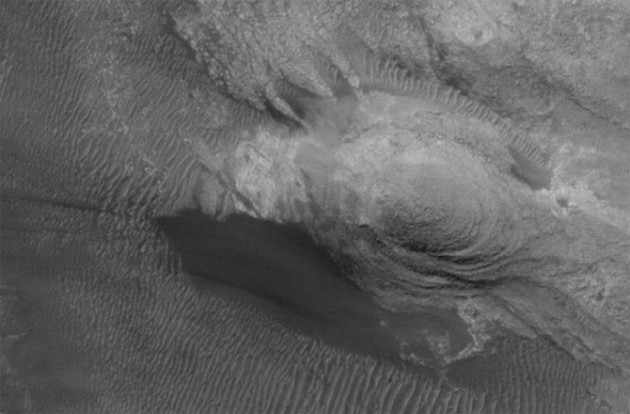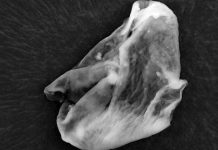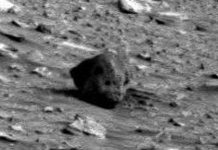
“The Smiling Crater” — NASA Mars Global Surveyor, 1999 NASA
Galle Crater was first imaged by the Viking 1 Orbiter in the 1970s and then, in 1999, NASA’s Mars Global Surveyor took this shot. Although the two ‘eyes’ and ‘mouth’ are known to be raised features and mountains, it’s hard to shake the image of a 230 kilometer-wide smiley face.

“The Mars Parrot” — NASA Mars Global Surveyor, 2002 NASA/JPL-CALTECH
“… that’s what I call a dead parrot.” — Dead Parrot Sketch, Monty Python.
Is this proof of intelligent life on Mars? So intelligent that, in order to send a message into space, Martians built a huge mound that resembles a belly-up parrot? According to some conspiracy theorists, this makes perfect logical sense. To the rest of the world, that parrot theory is well and truly dead.
Alien artifacts? — NASA Mars Exploration Rover Opportunity, 2008 NASA/JPL-CALTECH
The Mars rovers have taken thousands of photos of the Mars surface, each one presenting a veritable feast of science and discovery. But, there’s also evidence of alien technology and, possibly, artiness.
This photo snapped by rover Opportunity in 2008 of a rocky outcrop at Victoria Crater appears to have a Martian sculpture of some kind of pharaoh (exhibit A) and a spaceship component half buried in the sand (exhibit B). Sadly, both are just angular rock shapes.

Trees on Mars? — NASA Mars Reconnassance Orbiter (HiRISE), 2011 NASA/JPL-CALTECH/UNIV. OF ARIZ.
When the HiRISE team first released this image to the world, we were all entranced by the beautiful tree-lined landscape– wait. Trees on Mars? Actually, this is a lovely optical illusion. The “trees” are in fact flow channels of dark material slipping off the tops of sand dunes a couple of hundred miles south of the planet’s north pole. The slides were caused by the melting and sublimation of carbon dioxide frost as the northern hemisphere entered summer.

Although the Face of Mars has been debunked more times than I’ve had hot dinners, it’s hard not to be impressed by this classic trick of the light. This observation was taken by the Viking 1 Orbiter in 1976. As follow-up observations have since shown us, the “face” is in fact a Mars mesa (a hill) in the Cydonia region. But this original low-resolution, lucky photo launched countless theories of intelligent life on Mars, inspiring numerous sci-fi books and movies.
This is, without doubt, the most enduring case of Martian pariedolia, and although it is just an illusion, it’s a reminder of the beautiful mystery the Red Planet still holds over us.













